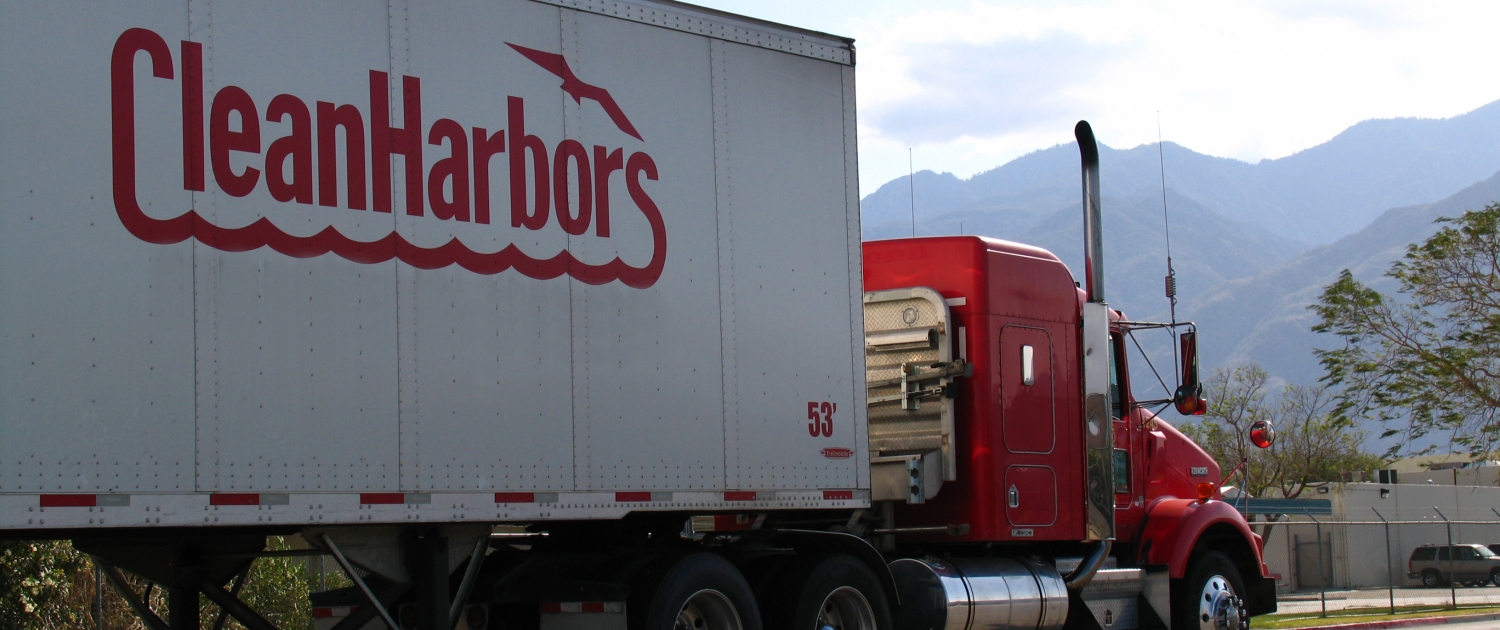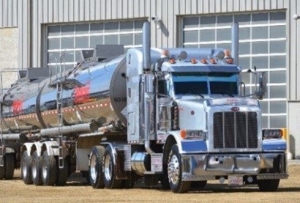
Being a truck driver entails a lot more than just transporting goods from one place to another.
Commercial trucking is also all about building trust, ensuring satisfaction, and fostering long-term relationships with clients. Customer service is an essential part of being a truck driver, and it’s important for drivers to understand the skills and qualities necessary to succeed in this competitive field.
By focusing on communication, reliability, problem-solving, and professionalism, truck drivers can significantly enhance the customer experience, thereby contributing to the overall success of their companies. Keep reading to find out the importance of customer service in commercial trucking, and how to incorporate these skills into your everyday routine.
Essential Customer Service Skills for Truckers
In a way, truck drivers serve as brand ambassadors for their company. Every interaction a trucker has with a client, from pickup to delivery, provides a chance to demonstrate their dedication, professionalism, and organizational skills.
Excellent customer service is fundamental to the reputation of a trucking company, and these skills are a great way to ensure client satisfaction, build trust, and promote long-term business relationships.
Professionalism and communication are crucial skills to be a successful truck driver. Even after a long day behind the wheel, it’s important to remember to be courteous, understanding, and respectful.
Drivers should always provide timely updates about delivery schedules, especially if there are delays or issues. Effective communication and transparency are essential to getting ahead of problems and demonstrating your commitment to the satisfaction of every client.
Reliability and punctuality are some of the best tools to build trust and reputation. It’s always best to stick to the delivery schedule as much as possible, and to have backup plans in place in case of unexpected delays.
Regular vehicle maintenance is important to prevent breakdowns and delays, and route optimization software is useful for making every mile count.
Interacting with difficult clients is an unavoidable part of every trucker’s experience. Many clients are empathetic, kind, and responsive, but, unfortunately, that isn’t always the case. When dealing with a difficult client, it’s important to have patience and never escalate the situation.
Whether it’s a client with unreasonable demands or just a rude demeanor, drivers should focus on listening, finding a solution, or calling in dispatch to get another team member involved. Getting upset is never worth it and can make the situation far worse.
Documentation and organization don’t just improve the client’s experience, they also streamline the process for truckers and their companies. Make sure that all required documentation, such as bills of lading, files on shipments, and delivery receipts, are properly completed and easily available.
Any mistakes in paperwork could cause delays or complications in delivery, so be sure to thoroughly check over all documents before handing them off.
For more trucking industry tips and tricks, be sure to stay up to date on our Truck Driver Blog and connect with us on social media.









 Future employers are the most likely people to check your driving record. Any time you apply for a new job, you can put money on the fact that they’re checking your MVR and PSP. If you have too many violations on file, a company with a high CSA score might consider you too risky to bring on because they can’t afford more incidents. At the same time, a company with really low CSA scores might also say no because they want to keep their scores as strong as possible.
Future employers are the most likely people to check your driving record. Any time you apply for a new job, you can put money on the fact that they’re checking your MVR and PSP. If you have too many violations on file, a company with a high CSA score might consider you too risky to bring on because they can’t afford more incidents. At the same time, a company with really low CSA scores might also say no because they want to keep their scores as strong as possible. 




 Today’s job of the day comes from Clean Harbors Environmental Services
Today’s job of the day comes from Clean Harbors Environmental Services


